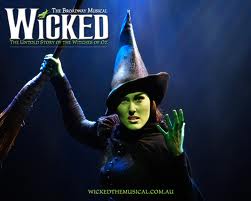I write my narrative in 5 different
steps. Story, Plot, Character, Outline and Final First Draft (so named because
the first draft has multitude of lives, usually around 20-30 rewrites). I start
with a simple story idea:
STORY
Girl leaves law school to join the
circus as a trapeze artist.
I
know and lived this story, so the narrative and descriptions are easy/peasy.
But there is no plot; it is just what I know. People are fascinated to hear my circus
ramblings and what it is like to live with 6 elephants. To turn into a movie or
novel, I must first interject story elements (and then a plot).
These five elements are the
building blocks of story:
1.
Action. What are your characters doing? How did she join the
circus? How did the circus people react to her? What was it like training for
the trapeze? What is it like to travel so much (typical circus travels 100
miles per day).
2. Dialogue. What are they saying? This is important to this story
because within the circus there are multi languages and unique ways of
communicating. Even with the circus animals, there is a specific language. The
“town people” speak different from the “artists” and the individual acts,
cultures and societies all have succinic infrastructures. The author must
embody each as they write their dialogue.
3. Description. What are they seeing, hearing, touching, tasting, and
smelling? With the circus story, this is a crucial element as the traveling
with animals to a different city every day is a unique experience. Each venue
is distinct and traveling can add a unique element to your story (and your
life).
4. Inner Monologue. What are they thinking? We have our hero- who is not
accepted in her native land, with the circus folks or the townies. How does
this affect the plot, the moving of the story and the feeling of the narrative?
How does other supporting characters feel about this interesting life choice?
And the one everyone asks- what did her mother think?
5. Exposition / Narrative. What other information does the narrator want us
to know? Because YOU write the narrative, this is the secret sub-story
that you must use with extreme caution. Too much narrative can become trite and
boring. Too little insight leaves the audience guessing. This is where you
embody the sage advice, “Show don’t tell”.
Your exercise today is to write out
a simple story. I mean simple. Joyce goes the hairdresser. Carla’s car breaks
down. Sheila gets a new cat.
Take that simple premise and add
the 5 elements of story. This is more of a left-brain exercise, than a creative
one. But by getting that out, the narrative becomes easy as a triple
summersault.
Now – go write- it only takes
minutes a day and you owe it to your story!!




